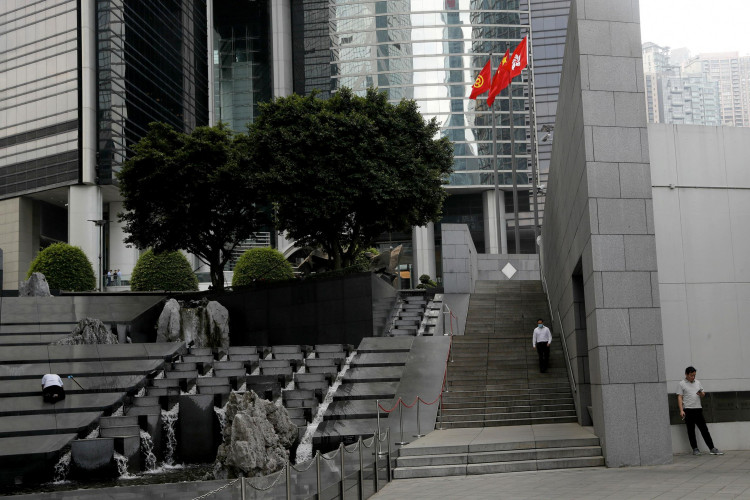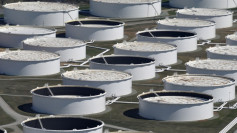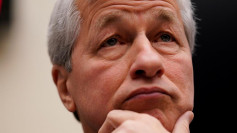As the economy shows signs of decline, China's biggest banks eked out higher profits but indicated tougher times ahead, cutting bad loans and raising provisions.
In the third quarter, Industrial & Commercial Bank of China Ltd., Agricultural Bank of China Ltd., Bank of China Ltd. and China Construction Bank Corp. announced decreases in their non-performing loan rates thus strengthening debt reserves.
The output aligns with the growth of China's economy at the slowest momentum since the early 1990s and the trade discord spreads into new territories of its financial market.
The forecast remains bleak as measures to spur growth and help small businesses threaten to tighten margins and pile up bad debt.
China cleaned up 1.4 trillion yuan ($197 billion) of non-performing loans in the first 9 months, nearly 178 billion yuan bigger compared to the same timeframe in 2018, Chinese Banking and Insurance Regulatory Commission vice president Huang Hong divulged last week.
Chinese lenders announced at the end of June 2.2 trillion yuan in non-performing loans, the largest in at least 15 years. Last week, Xiao Yuanqi, its chief risk officer, said the sector is particularly vulnerable to bad debts and the authorities are working to ensure that banks disclose the true value of non-performing advances.
CCB International Ltd. analysts led by Lawrence Chen wrote in a note this month that efforts to clean up the balance sheets of lenders will continue "amid subdued economic growth and ailing corporate solvency."
Recently, China has changed its interest rate system to make it more market-oriented. The new market-rate, the Loan Prime Rate, will be decided not by the central bank, but by representations from a group of 18 borrowers. This can mean thinner margins in the short term as a lower demand for credit in a slowing economy.
In Hong Kong this year, the four banks' stocks have lost an average of 3.6 percent, missing the Hang Seng Index index and bringing their valuations to near-record lows.
As the grinding trade war-battered factory production, China's economic growth slowed more than anticipated in the third quarter to its lowest rate in nearly three decades, strengthening Beijing's argument for fresh help.
It has focused on a mix of fiscal stimulus and monetary easing to withstand the recession, including trillions of yuan tax cuts and local government debt to fund infrastructure programs, as well as measures to stimulate bank lending.
Meanwhile, Central bank governor Yi Guang said last month that in recent years several Chinese regional banks have been "engaged in blind growth," spreading outside their home base and pursuing "risky ventures" without proper control.
In 2015, China's central bank introduced a national deposit insurance program protecting up to 500,000 yuan (US$ 70,000) for personal deposit accounts.





